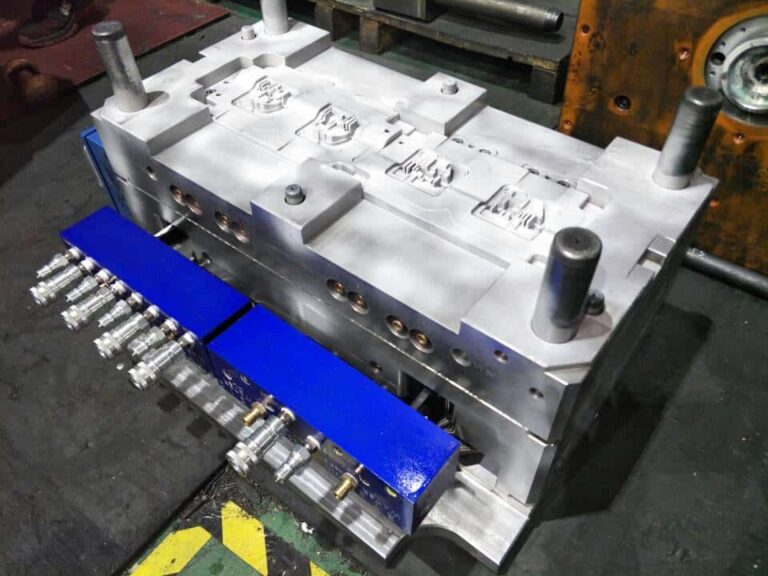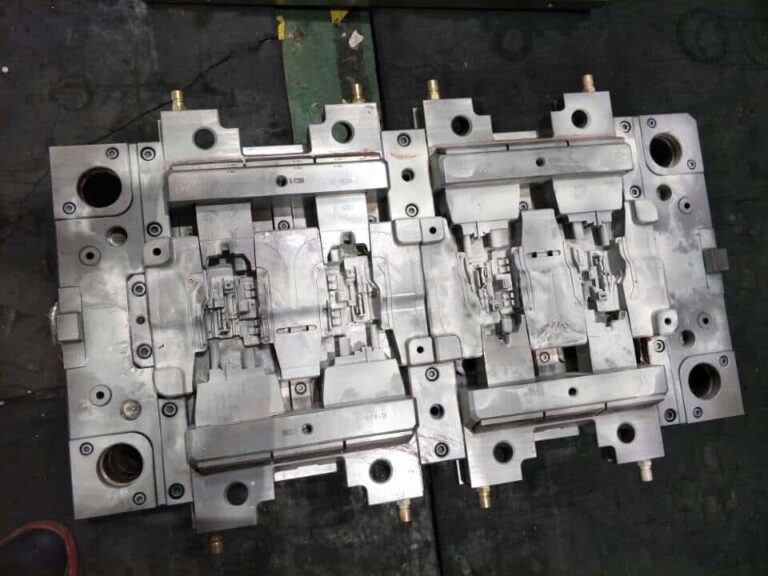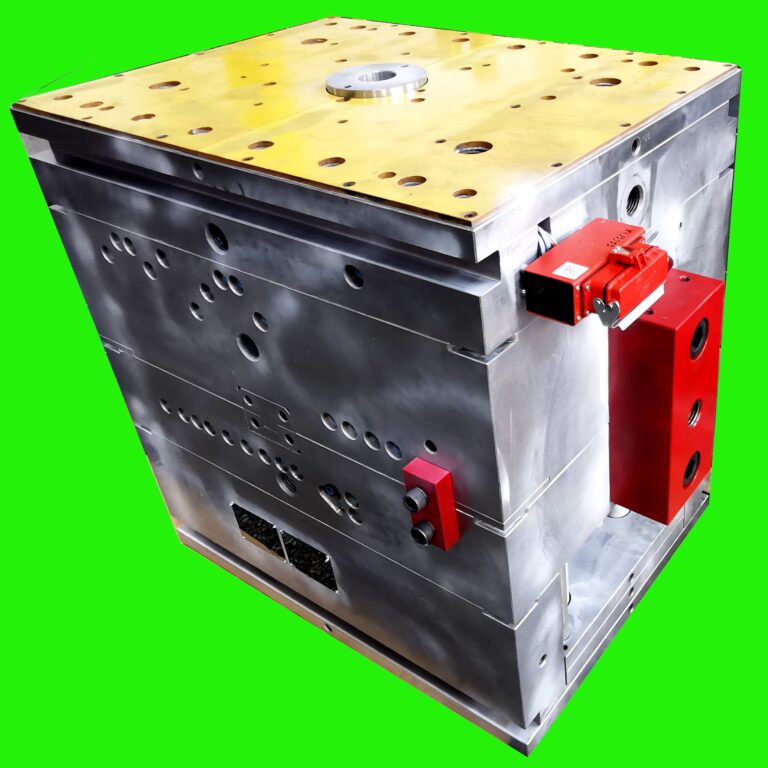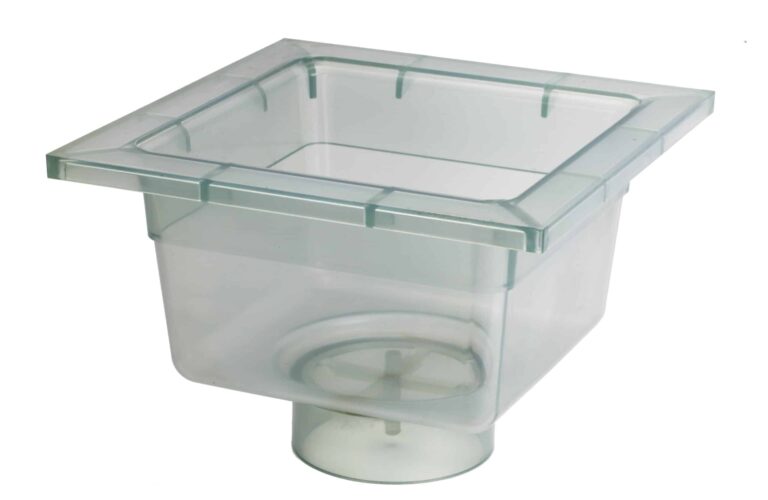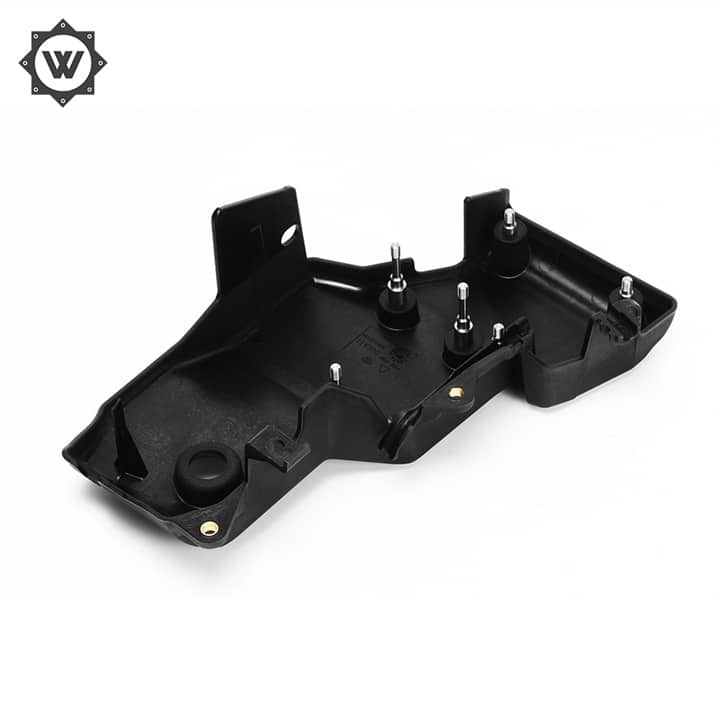Two color mold refers to the mold in which two plastic materials are injected on the same injection molding machine and molded in two times, but the product is only molded once. Generally, this molding process is also called double material injection molding, which is usually completed by a set of molds and requires a special two-color injection molding machine. The two-color mold is increasingly popular in the market at present. This process can make the appearance of the product more beautiful. It is easy to change colors without spraying, but it has high requirements for design and injection molding.
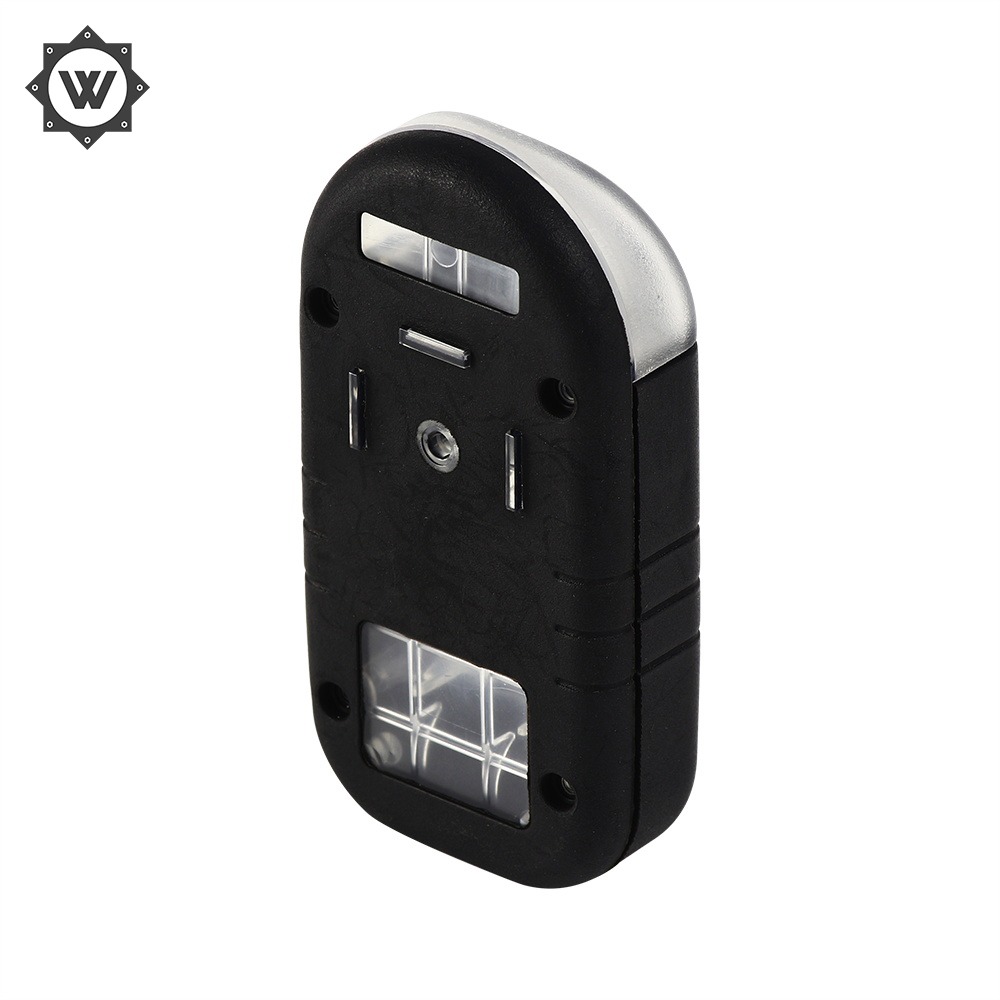
Basic principles of dual color die design
(1) 1 time for hard glue and 2 times for soft glue;
(2) 1 transparent and 2 non transparent;
(3) 1 time for plastics with high molding temperature and 2 times for plastics with low molding temperature;
The above is the basic principle for making two-color mold, otherwise the mold will be white; In addition, try to use break sealant instead of inserting break sealant when sealing the product. Even if it is suggested that the customer modify the product, try to use break sealant.
2. The guide sleeve of the mold embryo guide pillar must be symmetrical from top to bottom, from left to right, and from front to back.
3. The back die should be rotated 180 degrees and the front die should not move.
4. The product spacing must be based on the nozzle spacing of the injection molding machine. The nozzle spacing of some two-color injection molding machines abroad is adjustable, some are not adjustable, and domestic ones are not adjustable.
5. There are two independent ejection systems, and the top bar is also two. The two products of the rear mold are the same, and the thimble is the same. It is a rotation relationship. It must not be a translation relationship.
6. The thimble plate can only be reset with a spring, and cannot be forced to reset with a screw, because the back die needs to rotate.
7. The side lock must be on the four sides of the mold center, and the front and rear molds are symmetrical, otherwise, when the rear mold rotates 180, it will not align with the front mold.
8. If the distance between the glue feeding points and the injection molding machine nozzle is different, the ejector pin hole should be waist shaped, because the ejector pin distance of the injection molding machine is not adjustable. Note that most injection nozzles of domestic two-color injection molding machines cannot be adjusted.
9. Pay attention to the direction of the injection molding machine provided by the customer parallel to the nozzle, which is the X axis or the Y axis, so as to determine the product layout.
10. The water inlet and outlet direction must be at the heaven and earth side, and each circulating water inlet and outlet must be on the same side. Water inlet and outlet must not be at the heaven side, and water outlet must be at the earth side. Because the rear mold must rotate 180 degrees, it should be noted that the size of the mold embryo must not exceed the height of the water outlet tank of the injection molding machine, otherwise water cannot be transported.
11. The first injection molding product should be placed on the non operating side, because after the first injection molding, the product should be rotated 180 degrees for the second injection molding, just turn to the operating side, so that the product can be easily taken.
12. The code position of the export mold should be at the operation side and non operation side, not at the heaven and earth side, because their products should be fully automatic.
13. Notes on parting surface: the parting surface of the rear mold shall be the one obtained after merging the two products; The parting surface of the front die should be a single product, not a combined product parting surface.
14. The tolerance of the front and rear flanges is minus 0.05mm, the tolerance of the distance between the two flanges is plus or minus 0.02mm, the clearance between the ejector pin and the ejector pin hole is 0.1mm on one side, the tolerance of the center distance between the guide posts of the front and rear mold guide sleeves is plus or minus 0.01mm, and the tolerance of the four sides and the depth of the mold frame shall be added, otherwise, when the rear mold rotates 180 degrees, the front edge will be generated due to the inconsistency of height and height. The tolerance of frame depth is minus 0.02mm.
15. If the mold has been processed in the mold forming plant, the distance center of the four guide pillar and guide sleeve holes shall be taken as the benchmark when the factory needs to process the jack and ejector pin holes, otherwise the deviation is too much and the mold is easy to be stuck. When fixing the mold, it should be noted that it is a two-color mold. The four guide posts and guide sleeves are symmetrical with the frame. The rear mold can match the front mold after rotating 180 degrees.
16. If it is the bicolor of rear mode rotation, it is much simpler The two front die cores are the same After the hard glue is injected on one side, turn it 180 degrees (note that the product cannot fall when it is rotated, and the gate can be automatically separated), and then turn it to the other side to inject the soft glue No ejector pin is required for injection molding of hard rubber Just lay the mold core on the soft rubber side In addition, pay attention to shrinkage If the soft glue completely entangles the hard glue Then just put the shrink of hard glue If the contours are connected, the hard glue and soft glue should be shrunk.
17. If it is a set of two-color molds, it is a straight barrel and a 90 degree barrel for glue injection. It does not need to rotate, but only needs a mold core. The separation method of soft glue and hard glue depends on line position sealing.
18. The two shapes of the Cavity are different, forming one product respectively. The two cores are intact.
19. The front and rear dies of the die must be aligned after rotating 180 ° in the center. This check must be done during design.
20. Pay attention to the position of the ejector pin hole, with a minimum interval of 210mm. The number of ejector pin holes shall be appropriately increased for large moulds. Moreover, because the ejector pin attached to the injection molding machine is not long enough, we must design an extended ejector pin in the mold, which is about 150 mm longer than the mold base plate.
21. Two locating rings must be designed on the bottom plate of the rear formwork.
22. The total thickness of the front formwork panel plus plate A shall not be less than 170mm. Please carefully check other reference data of this model of injection molding machine, such as maximum mold holding thickness, minimum mold holding thickness, spacing of ejector pin holes, etc.
23. The depth of front SPRUE shall not exceed 65mm. The distance from the top of SPRUE on the upper side (big water outlet) to the center of the mold shall not be less than 150mm.
24. When designing the CAVITY for the second injection molding, in order to prevent CAVITY from inserting (or scratching) the rubber position of the first molded product, a part can be designed to avoid void. However, it is necessary to carefully consider the strength of each sealing position, that is, whether there will be plastic deformation under large injection pressure during injection molding, which may lead to the possibility of batch front during the second injection molding.
25. During injection molding, the product size of the first injection molding can be slightly larger, so that it can be pressed more tightly with another CAVITY during the second molding to achieve the function of sealant.
26. Before clamping boards A and B, pay attention to whether the front die Slider or Lift can reset first and crush the product? In this way, it is necessary to find a way to close the mold on board A and B first, and then reset the SLIDER or LIFET of the front mold.
27. The water transportation layout of the two CAVITY and CORE shall be as adequate as possible, balanced and the same.
28. 99% of the cases are that the hard rubber part of the product is injected first, and then the soft rubber part of the product is injected. Soft glue is easy to deform.
29. Pay attention to whether the plastic activity will impulse the first molded product to deform the rubber position during the second injection molding? Assuming this possibility, we must find ways to improve it.
30. The gate position of the two-color mold must be carefully selected. It is better to select the latent glue feeding for the primary product, so that the product and flow channel can be automatically cut off. When the latent glue feeding cannot be used, three plate mold or hot runner mold can be considered. If the primary material is a point gate, it shall be waved to avoid the secondary material being penetrated due to the residue of the primary feeding point.
31. The two-color injection mold often adopts the rotary injection mold. The punch/die on the two positions of the rotary injection mold shall be consistent in size and accuracy, and shall fit well with the die/punch. When the ejection and demoulding mechanism on the two-color injection molding machine cannot be used, the hydraulic ejection and demoulding mechanism must be set on the rotary table.
32. Two color injection molding usually uses the same plastic with different colors, or two different plastic materials. At this time, it is necessary to consider the interface effect, shrinkage difference, processing parameters and other aspects of the two materials. The two-color injection molding products are generally made of hard plastics such as ABS and PC together with TPE soft plastics. Due to the cost or application, it is necessary to fully consider that there may be no good adhesion and fusion between the two materials used, the mold treatment at the junction between the two materials (generally there will be embossed patterns or mold grooves need to be sealed), the thickness of the material and many other problems! In order to make the two plastics “stick” more tightly, we should consider the “stickiness” between the materials and the roughness of the mold surface. Two color injection molding has special TPU materials; The smoother the mold surface, the tighter they “stick.
33. Generally speaking, the shrinkage of two-color die depends on the primary material. Because the primary material has supported the contour of the plastic product, the secondary material will not shrink more. As for how to determine the primary and secondary materials, there are many factors to be considered, such as the fluidity of raw materials, the shape of plastic products, etc.
34. Pay attention to the positioning of front and rear moulds; The slope drop of all penetrations and breakouts shall be larger than 0.1mm.
35. When ABS/PC, ABS/PC+ABS, ABS/PMMA two-color injection molding, it is necessary to first inject PC, PC+ABS or PMMA with higher temperature. If it is a transparent shell mold, most of the mold structures are inverted.
36. Transparent large two-color injection molding is a key point for structural design:
A. The reservation of gate position must be agreed with the mold factory in advance;
B. It is recommended to use transparent materials with a thickness of more than 0.8mm and non transparent materials with a thickness of more than 0.7mm. The non transparent materials should be light colored as much as possible. When there are LED lights, pay attention to shading;
C. The width of the parting surface of the transparent part is consistent with that of the hole. The recommended width is 0.5mm. The curved surface is connected smoothly to avoid side view. It can penetrate far and is not beautiful, and the holes should be minimized;
D. The thickness of the non transparent parts is limited, and the upper ribs and other structures should be between 0.5-0.6mm to avoid shrinkage;
E. For the moment, it is not recommended to do the two-color injection molding with the main lens. The mold and product costs are too high, and there are considerable requirements for the equipment and technical level of the mold manufacturer. If it is done, the other party needs to provide a detailed solution for the entire process for evaluation, and the intermediate links need to be reviewed;
F. For large-area two-color injection molded parts, two key tests are drop and thermal shock. In these two tests, transparent parts and opaque parts are easy to separate. Cold and hot shock – 40 – 65 for 48 hours.
G. The structure of the two-color parts shall be simplified as far as possible, and the complicated parts shall be on the fitting parts. The width of the rib of the non transparent parts shall be 0.5-0.6mm as far as possible to avoid shrinkage.

